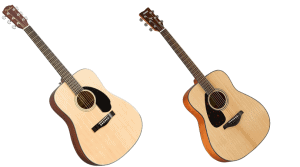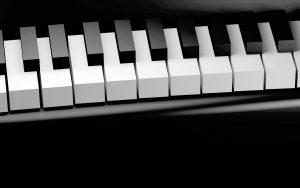BOSS GT-1 Vs GT-100 – Which One is Better & Why?
In this post we are doing a comparison between the BOSS GT-1 Vs GT-100; two of the most popular effects pedals on the market. We look at their design, build, features and more.
BOSS GT-1 and Boss GT-100 represent two of the most powerful multifunctional box units that are jam-packed with all the cool features and functions that will help you create super-cool effects for your unit, whether you are a pro or just learning how to play guitar.
Now, if you need to choose between the Boss GT-1 vs GT-100, an understanding of the features of these two units and their similarities and differences is essential.
To help choose between GT-1 and GT-100, we’ll take a look at each unit to see which works best where.
Please Note We May Receive Commission For Any Purchases You Make Through Links On This Page!
Table of Contents
BOSS GT-1 Vs GT-100
Boss GT-1 Overview
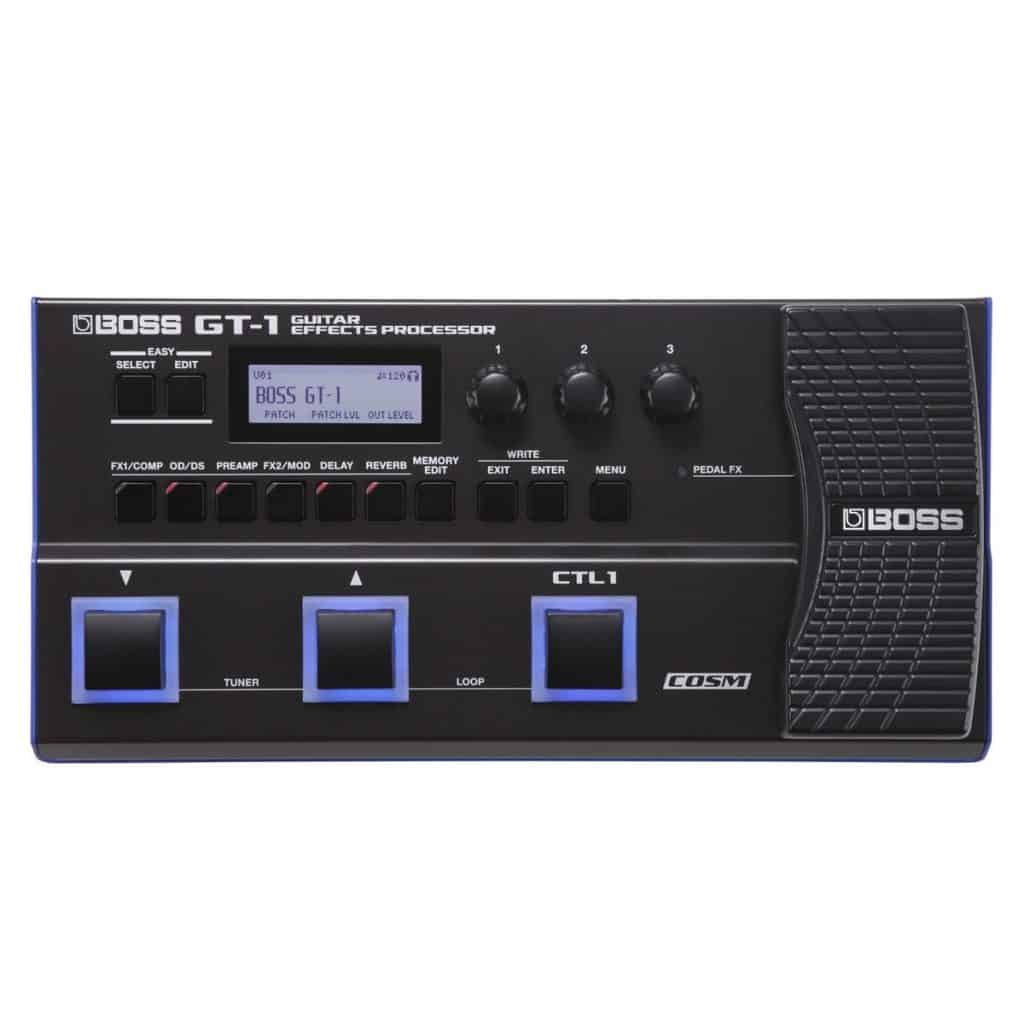
The Boss GT-1 comes with the famous Boss GT engine, which boasts powerful amp modeling as well as sound effects, meaning that you will be able to load up different sounds and tones.
In addition to the versatility, there’s also the fact the Boss GT engine is premium-quality equipment that boasts the exceptional original sound thanks to the OD-1 overdrive pedal.
It also features a built-in tuner, an expression pedal for control of sound and wah, and also a looper pedal, which enhances the versatility of the sounds and effects produced by this unit.
Patches
The GT-1 comes packed with some of the coolest presets that will allow you to easily get started and have the system fully running.
But you need to connect your GT-1 to a computer then download the presets you need for all those wonderful sounds you have been anticipating – the presets are all in the Boss Tone Central App.
To create your unique patches, GT1comes with a variety of effects that you could choose from, and the best bit is that the patches are quite easy to save.
It gives you access to 99 presets. All you’ll need to do is to activate the effects you need, then adjust the effects’ parameters using the knobs 1, 2, and 3.
Some of the effects at your disposal include the FX1/ compression, preamp, Distortion/ Overdrive, FX2/Modulation, Reverb, and Delay. And once you have a few of your patches set up, you can have them running up and down through the banks of the sounds and presets.
You get to choose the patches depending on the effect type, distortion, and the genre. The Easy Edits function makes it easy for you to tweak the modulation, drive, and the echo tones to perfection.
Recording
Recording with the GT1 is a breeze, and you only need to connect the GT1 to a computer using a USB output from where you’ll need to load up your Logic or Garageband Digital Audio Workstation (DAW).
Sound
The GT1 offers an exceptional sound quality thanks to the premium-quality GT1 sound engine, not to mention the excellent tone and sound-shaping abilities that exceed any typical, as well as compact multi-effects.
With Boss processing knowledge and skills, you will be able to work on classics like the OD-1 Overdrive and even MDP-technology modern effects.
You also get to enjoy the widest selection of COSM amp tones on the tap, along with Boss original amps and legends optimized for great response and tone.
It offers specialised effects as well, and these range from the Acoustic Simulator and the Guitar Simulator, among other tonal options.
The looper makes it easier for enhanced stage performances and practice sessions. Sound creation is enhanced by the dedicated panel buttons with easy on/off switches for unlocking the deep-dive parameters for fine-tuning the sound effects and the effect groups at a microscopic level.
You might also like the Boss Tone Studio and the Boss Tone Central functions of this processor, both created by pro guitarists.
Great Portability
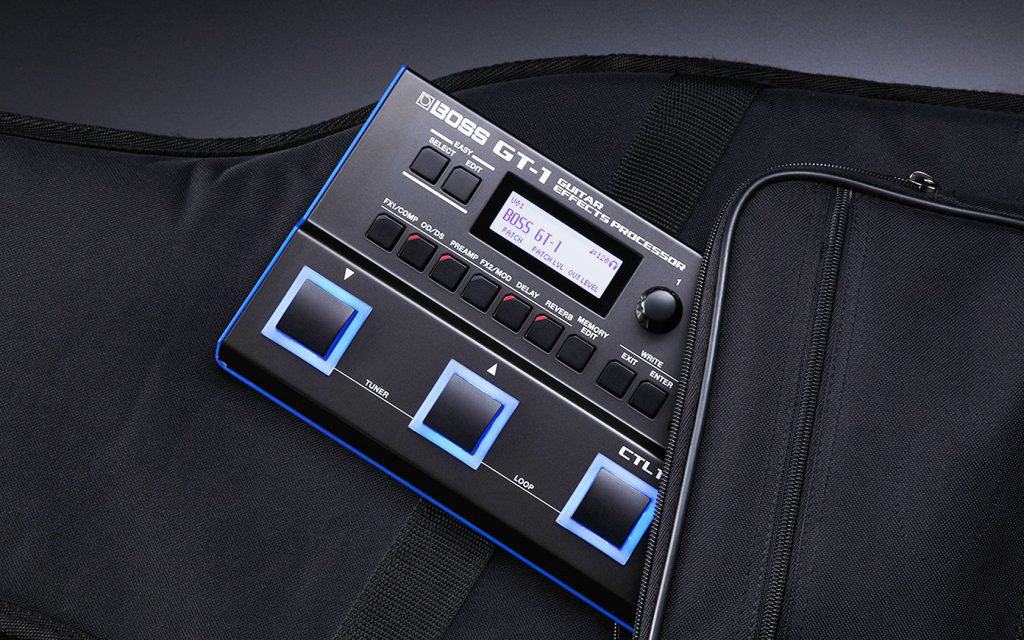
The other great feature of the Boss GT1 is that it’s quite portable, and it was specifically designed for musicians who are always on the go. It’s compact and surprisingly lightweight, but still capable of delivering a punch thanks to the rugged and durable design.
Its modern design also means that this multi-effects pedal will easily slip into and out of your guitar bags compartment for accessories – and you don’t have to worry about the hard edges damaging the axe. Flexibility is enhanced by the AC or battery-powering options.
Pros
- Great for recording and practice
- Portable
- Elegant design
- Small
- Limited playability and detail
Cons
- Not suitable for live performance/ recordings
- The pitch-shifting could be better
Boss GT-100 Overview
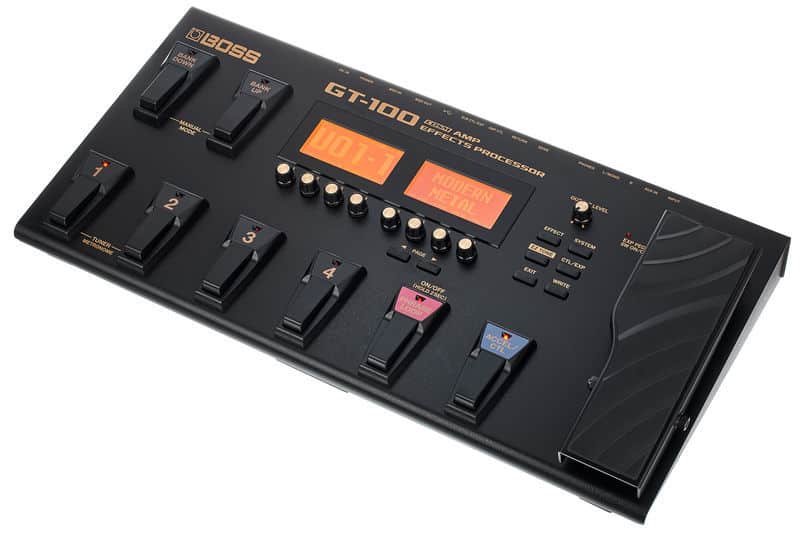
The Boss GT 100 is part of the flagship GT series of BOSS’ guitar processors, and the GT100 is among the latest models in the series.
The GT-100 succeeds the GT-10 processor, and among other features, this processor boasts a new DSP/ Digital Signal Processing engine whose COSM Amps have been completely remodelled.
Its effects have also gone through updates, and this model comes with a sophisticated real-time control option.
The other differences between the GT100 and GT1 include the incorporation of a new ACCEL pedal in the GT100, a feature that allows for the easy adjustment of multiple effects of the sound parameters in realtime.
It’s quite easy to use with the newly redesigned interface displaying associated knobs, also for quick parameter adjustment.
Patches
The GT-100 has 400 patch options which, meaning that you get to enjoy many more patch options with this GT-100 multi-effects processor than you would with the GT-1 or even the GT-10. Out of the 400 patches, 200 are factory presets, and you could use the other 200 presets to save your own creations.
These patches are all stored 4 to a bank created in a chain of effects blocks that can be saved in an orderly fashion. These blocks include the Preamp/ Amp simulation, Distortion/ Overdrive, Compressor, FX1, EQ, Chorus, Delay, FX2, Reverb, and the Expression Pedal FX.
You could also connect the effects to your GT-100 the send and return the loop for an extra level of flexibility, as well as the assignment of the loop as part of the patch.
Note that each of the patches comes with 2 channels, and each channel has different effects/ amps assigned.
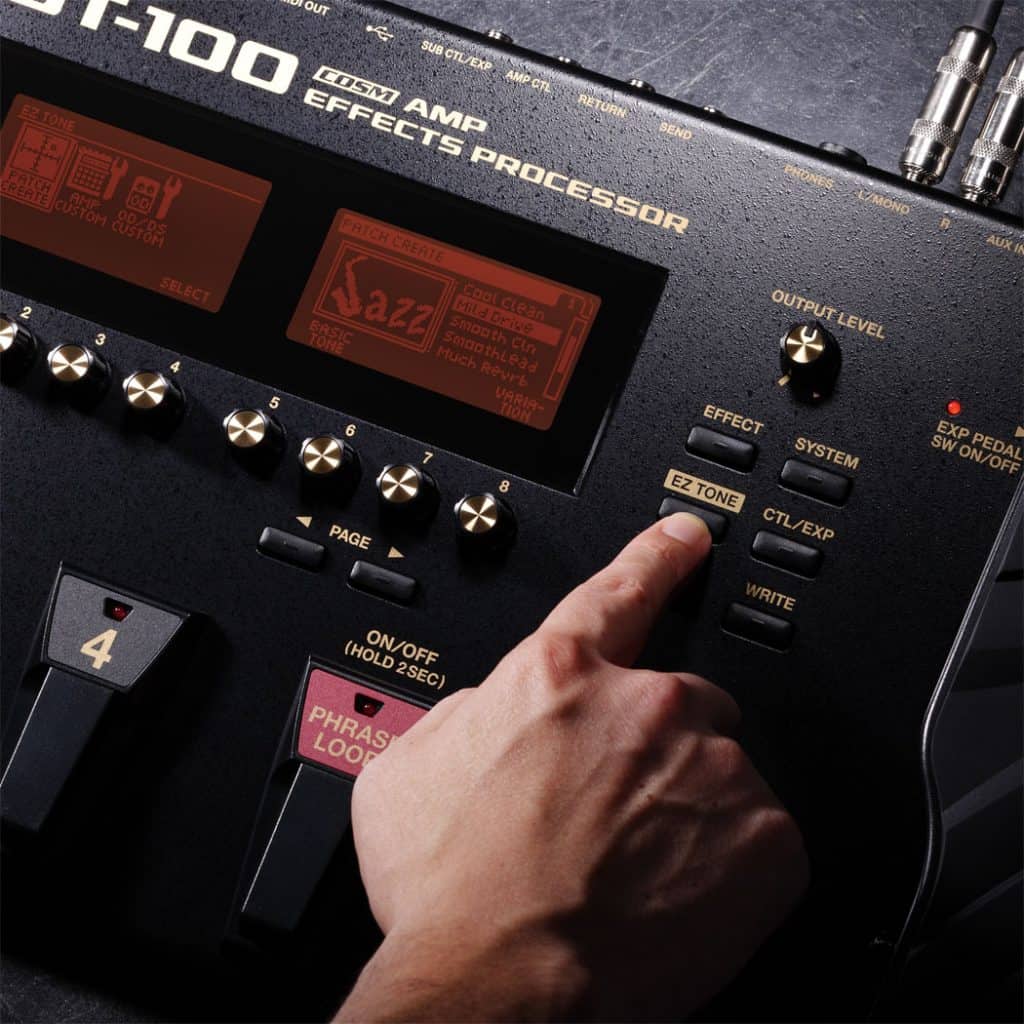
Therefore, you can combine the channels/ amps and effects or switch between them using the footswitch or even automatically using the notes and how hard you will be playing.
The A/B Channel Divide makes all these possible by dividing the signal based on the dynamics and the frequency.
Like the GT-1, the GT-100 comes with a looper, but the latter is more complex/ elaborate as it comes with 38-second mono-looping, and it could work as an audio interface with your computer for dry recording or guitar effects.
Sound
The GT-100 also offers more enhanced sound features and functions, combined with multiple editing options for a huge range of tones.
This processor boasts a full range of sonic capabilities, and it has a huge range of inspiring sounds within the presets, all designed to enhance the potential of the processor, as well as the ability to create more tones.
The playability of this GT-100 also elegantly designed, and it’s quite responsive to touch, features that come from the increase in the DSP power, as well as the underfoot, which allows you to easily arrange your options for enhanced performance.
Its heavy-duty pedal enhances volume control while also offering Whammy or Wah styles of pitch bending.
The other great sound features include the use of the ACCEL pedal for controlling the patch parameters, and also, it could be assigned for tempo switching.
It also sports a Phrase Loop pedal, which encourages simple play/ record/ overdub controls of the looper, making this processor great for practice.
The pedals and the footswitches enhance the treadle action and scrolling.
So, if you are looking for the best resource for excellent tone, recording, and for the utilization of a wider range of effects and amp, the GT-100 might be a great option for you.
Recording
Great for live and practice recordings.
Pros
- Great editing functions
- 400 patches
- Wide range of effects
- The pedalboards allow for manual emulation
- Great playability
- Great pitch shifting
Cons
- The graphics editor could be better
Wrapping Up – Boss GT-1 vs GT-100
These two guitar multi-effects processors are among the best processors on the market today, and you wouldn’t go wrong with either. However, you can choose either one or the other, depending on the features and functions you are looking for in a processor.
Generally, the GT-1 is a more compact multi-effects processor, and if you are looking for something for small scale use or practice, this would be a great option for you. It has fewer functions, and 99 presets, and it’s not ideal for use in a live performance.
On the other hand, the GT-100 is a beast, and it comes with an advanced and powerful function for use in live performances and recordings.
It has 400 patch presets, as well as advanced sonic and ergonomic functions that make the GT-100 a great investment for anyone looking for more effects and power.
Overall, the GT-100 is hands down the best of the two, especially if you need more power and robustness.
Disclaimer
Instrumental Global is a participant in the Amazon Services LLC Associates Program; an affiliate advertising program designed to provide a means for sites to earn advertising fees by advertising and linking to Amazon.com.
Bear in mind that some of the links in this post are affiliate links and if you go through them to make a purchase I will earn a commission.
Keep in mind that I link these companies and their products because of their quality and not because of the commission I receive from your purchases. The decision is yours, and whether or not you decide to buy something is completely up to you.
